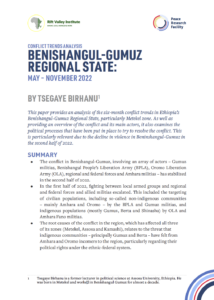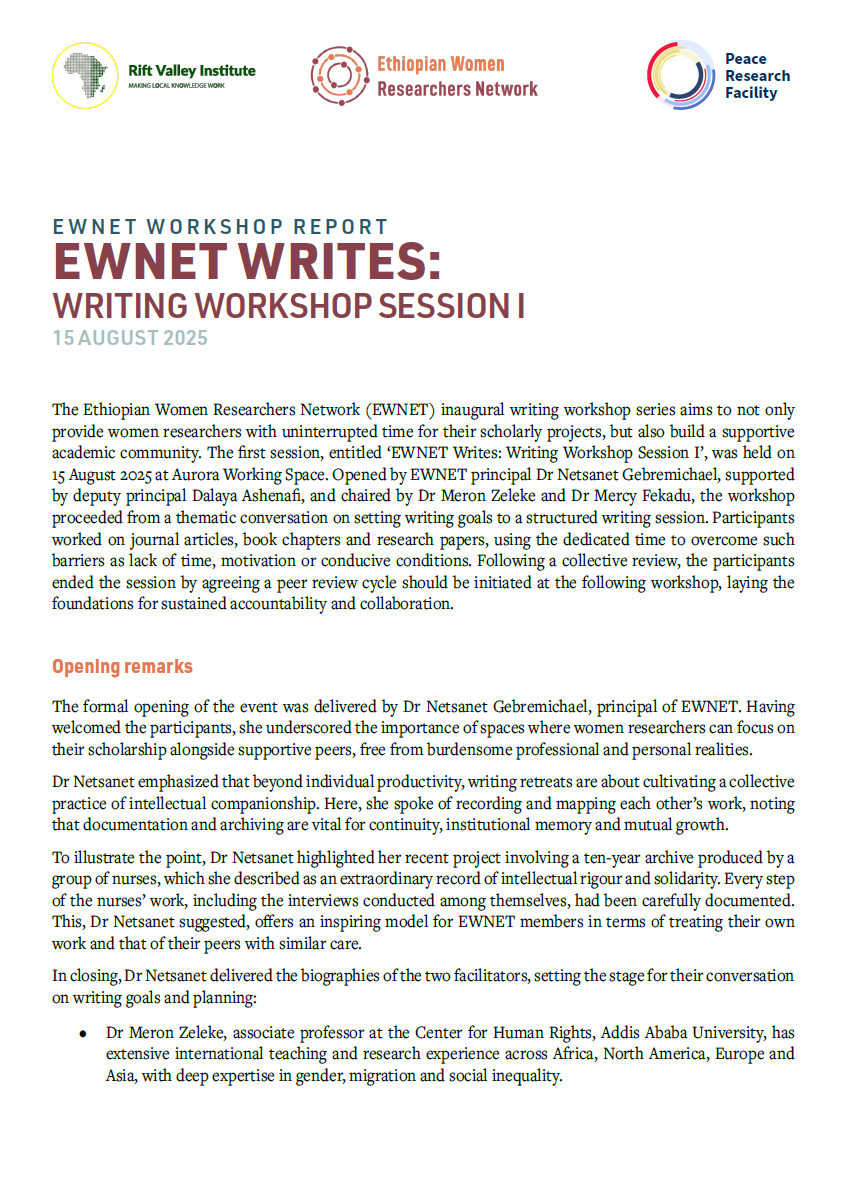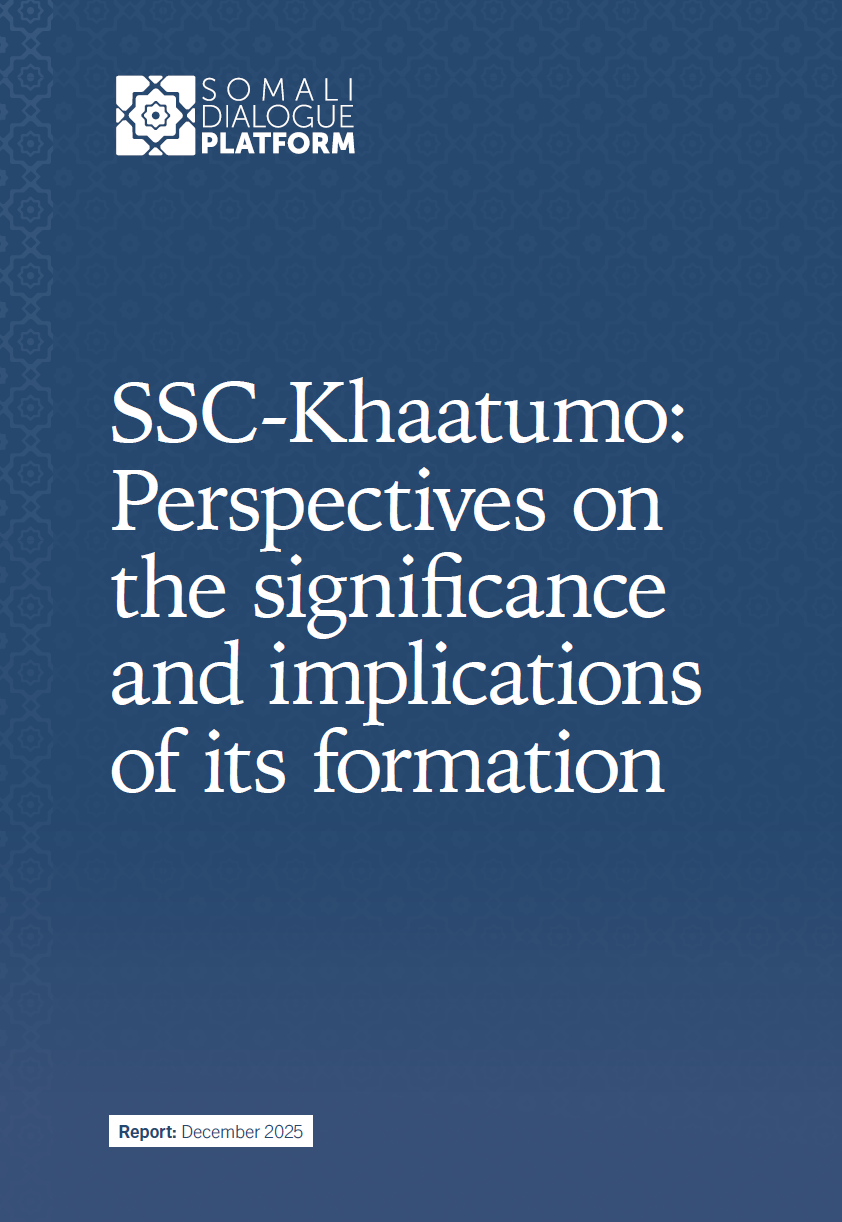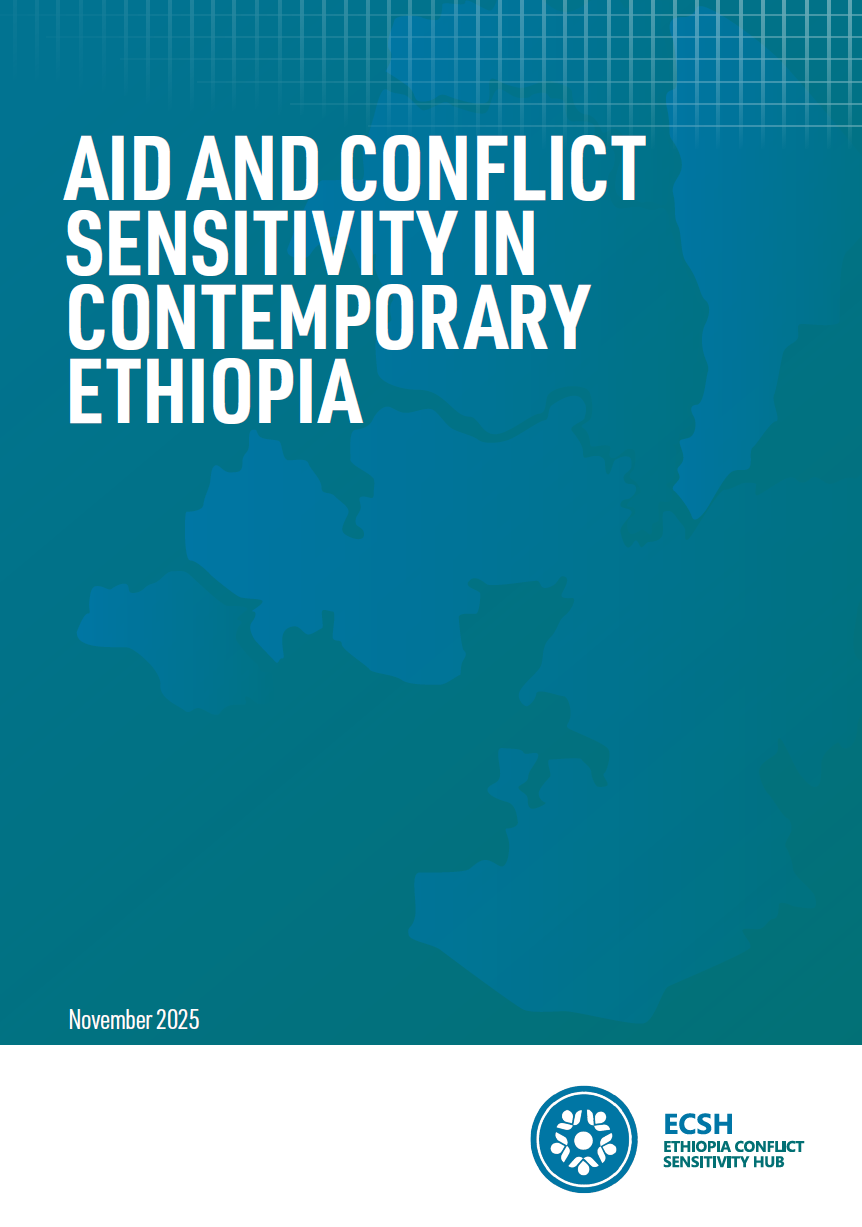This paper provides an analysis of the six-month conflict trends in Ethiopia’s Benishangul-Gumuz Regional State, particularly Metekel zone. As well as providing an overview of the conflict and its main actors, it also examines the political processes that have been put in place to try to resolve the conflict. This is particularly relevant due to the decline in violence in Beninshangul-Gumuz in the second half of 2022.
This paper was produced by the Ethiopia Peace Research Facility (PRF). The PRF is an independent facility combining timely analysis on peace and conflict from Ethiopian experts with support for conflict sensitive programming in the country. It is managed by the Rift Valley Institute and funded by the UK government.
SUMMARY
- The conflict in Benishangul-Gumuz, involving an array of actors – Gumuz militias, Benishangul People’s Liberation Army (BPLA), Oromo Liberation Army (OLA), regional and federal forces and Amhara militias – has stabilized in the second half of 2022.
- In the first half of 2022, fighting between local armed groups and regional and federal forces and allied militias escalated. This included the targeting of civilian populations, including so-called non-indigenous communities – mainly Amhara and Oromo – by the BPLA and Gumuz militias, and indigenous populations (mostly Gumuz, Berta and Shinasha) by OLA and Amhara Fano militias.
- The root causes of the conflict in the region, which has affected all three of its zones (Metekel, Assosa and Kamashi), relates to the threat that indigenous communities – principally Gumuz and Berta – have felt from Amhara and Oromo incomers to the region, particularly regarding their political rights under the ethnic-federal system.
- The worst of the violence has been in Metekel zone. There is widespread belief in the Amhara region that Metekel was misallocated to Benishangul-Gumuz when the regional state was created in the 1990s. Metekal is now directly administered by the federal government under a Military Command Post.
- In the last few months, a combination of a government counterinsurgency against the BPLA and Gumuz militias, and efforts to improve inter-regional relations through high-level visits and peace meetings, has improved the security situation across Benishangul-Gumuz’s three zones.
- Despite recent improvements in security, there are concerns that little has been done to address the political root causes of the conflict, and Benishangul-Gumuz may be drawn into a proxy-conflict between the more powerful neighbouring regions – Amhara and Oromia – arming and sponsoring militia groups.




